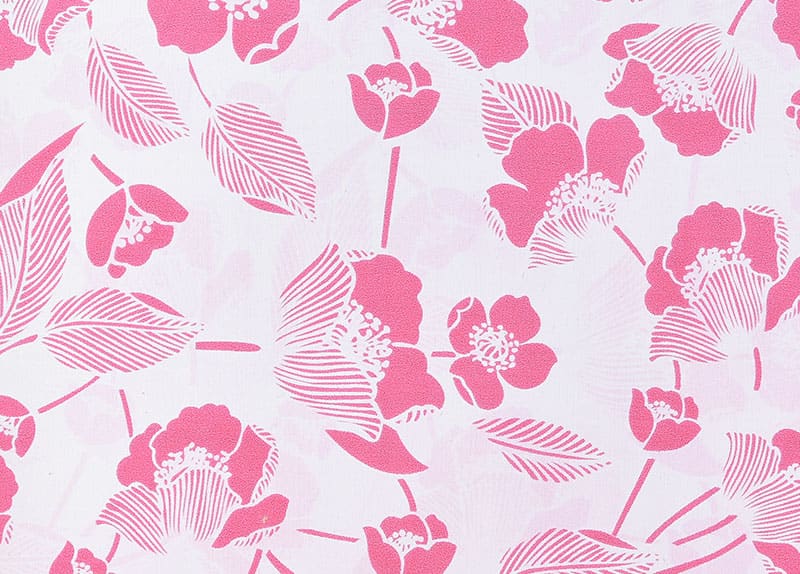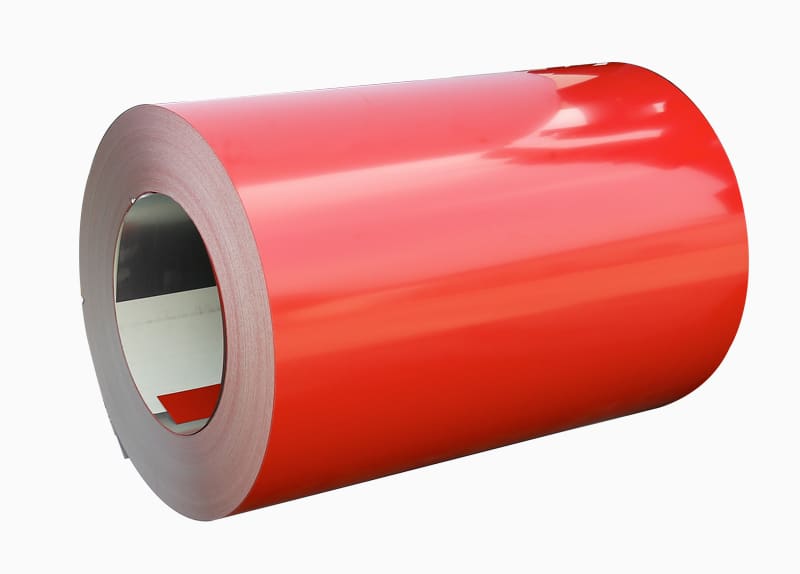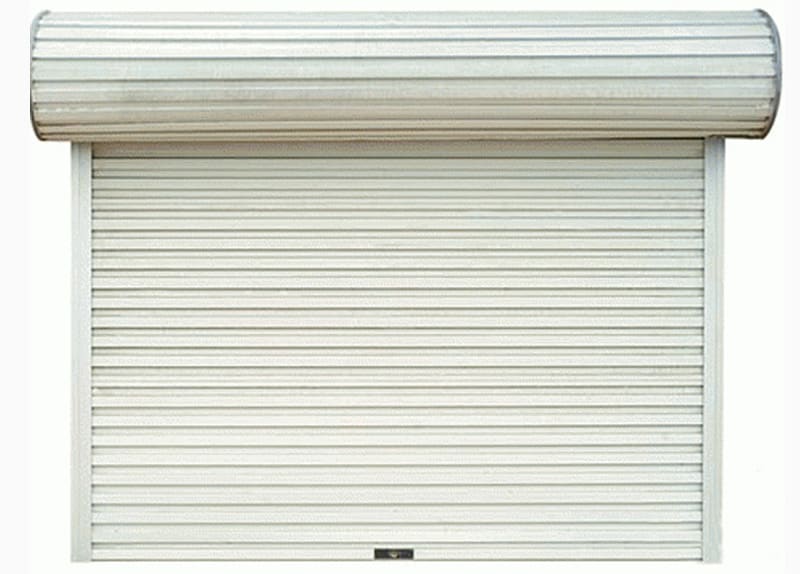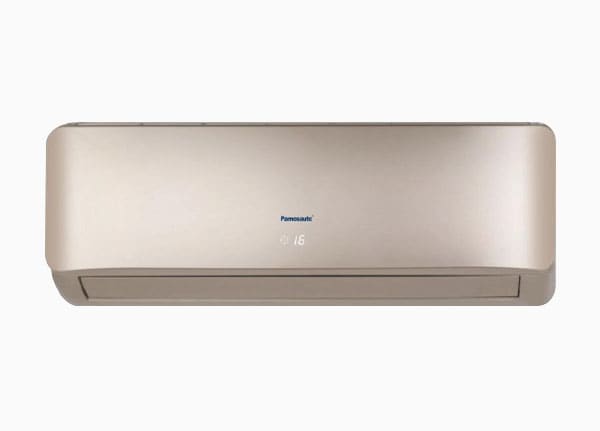- no.8,zaolin road,
longxiang street,
tongxiang,zhejiang,china - +86 573 89381086[email protected]
- DownloadsPDF Brochures
Color coated steel, often referred to as pre-painted steel, pre-finished steel, or painted galvanized iron (PPGI), is a versatile and widely used material in various industries. At its core, it's a composite material consisting of a metallic substrate that has been continuously coated on one or both sides with a paint system in a coil-coating process. This multi-layered structure provides a unique combination of aesthetic appeal, enhanced durability, and excellent performance characteristics.
The creation of color coated steel is a sophisticated and highly automated process. It typically begins with a base metal coil, most commonly galvanized steel (zinc-coated for corrosion resistance) or galvalume (a zinc-aluminum alloy coating offering superior corrosion protection). The coil then undergoes a series of meticulous steps:
Pre-treatment/Cleaning: The surface of the metal substrate is thoroughly cleaned to remove any oils, dirt, or impurities. This step is crucial for ensuring optimal adhesion of subsequent coatings. Chemical pre-treatments, such as chromate or non-chrome conversions, are then applied to enhance corrosion resistance and paint adhesion.
Primer Application: A primer coat is uniformly applied to the pre-treated surface. The primer acts as a bonding layer between the substrate and the topcoat, further improving adhesion and offering an additional layer of corrosion protection. It also helps to smooth out any minor imperfections on the metal surface.
Curing: After the primer is applied, the coil passes through a curing oven where the primer is baked at high temperatures. This process hardens the primer and ensures its proper adhesion.
Topcoat Application: This is where the color and main protective properties are imparted. A topcoat, usually a polyester, fluorocarbon (PVDF), silicone-modified polyester (SMP), or acrylic paint, is applied in the desired color and finish. These paints are specially formulated to provide specific properties like UV resistance, scratch resistance, and color retention.
Curing: Similar to the primer, the topcoat undergoes a curing process in a high-temperature oven to achieve its final hardness and durability.
Backer Coat (Optional but Common): Often, a simpler backer coat is applied to the reverse side of the coil. While not always colored, this coat provides additional corrosion protection and a balanced stress distribution, preventing coil bowing.
Finishing: After cooling, the finished color coated steel coil is inspected for quality and then recoiled, ready for shipment or further processing.
Color coated steel boasts a range of properties that make it a preferred material in numerous applications:
Aesthetics: Available in an extensive palette of colors, gloss levels, and even textured finishes, it offers immense design flexibility and enhances the visual appeal of structures and products.
Corrosion Resistance: The combination of the metallic coating (galvanized/galvalume) and the organic paint layers provides exceptional protection against rust and environmental degradation.
Durability and Longevity: The advanced paint systems are engineered to withstand harsh weather conditions, UV radiation, abrasion, and chemicals, ensuring a long service life with minimal maintenance.
Formability: Despite the multiple layers, color coated steel retains excellent formability, allowing it to be bent, stamped, and shaped without cracking or peeling of the coating.
Lightweight: Compared to some alternative materials, it offers a high strength-to-weight ratio, contributing to lighter structures and reduced transportation costs.
Thermal Efficiency: Certain darker colors can absorb more heat, while lighter colors reflect it, contributing to the thermal performance of buildings. Specialty cool-pigment coatings can further enhance reflectivity.
Sustainability: Many color coated steel products are recyclable at the end of their long lifespan, contributing to a circular economy.
The versatility of color coated steel makes it indispensable across a wide array of industries:
Building and Construction: This is arguably its largest application. It's extensively used for roofing sheets, wall cladding, sandwich panels, garage doors, gutters, downspouts, and interior partitions. Its aesthetic appeal and durability make it ideal for residential, commercial, and industrial buildings.
Home Appliances: From refrigerators and washing machines to microwaves and water heaters, color coated steel provides the attractive and durable outer casings for numerous appliances.
Automotive Industry: While less prominent for external body panels due to specific performance requirements, it finds use in internal components, truck bodies, and bus panels where corrosion resistance and aesthetics are important.
Furniture: Used in office furniture, shelving units, and storage cabinets for its clean finish and durability.
HVAC Systems: Employed in ducting and air conditioning units due to its corrosion resistance and ease of fabrication.
Signage and Advertising: Its smooth, paintable surface makes it a good choice for billboards and street signs.
Innovation continues to drive the evolution of color coated steel. We are seeing advancements in:
Eco-friendly coatings: Development of paints with lower VOC (volatile organic compound) emissions and sustainable pigments.
Self-cleaning surfaces: Coatings that can shed dirt and grime, reducing maintenance needs.
Enhanced scratch and abrasion resistance: Development of harder and more resilient topcoats for demanding applications.
Specialty coatings: Coatings with anti-microbial properties for hygienic environments, or enhanced thermal reflectivity for energy efficiency.
In conclusion, color coated steel is far more than just "painted metal." It's an engineered material, a testament to advanced manufacturing, offering a compelling blend of aesthetic flexibility, robust performance, and economic benefits that continue to make it a cornerstone material in modern construction and manufacturing.


With high anti-rust performance, they are popular used in co...

PPGI / PPGL COIL full name is prepainted galvanized / galval...

Port:Zhejiang,China Advantages of Our Prepainted Galvanized ...

APPLICATION OF PPGI Construction:Outside:Workshop, agricultu...

